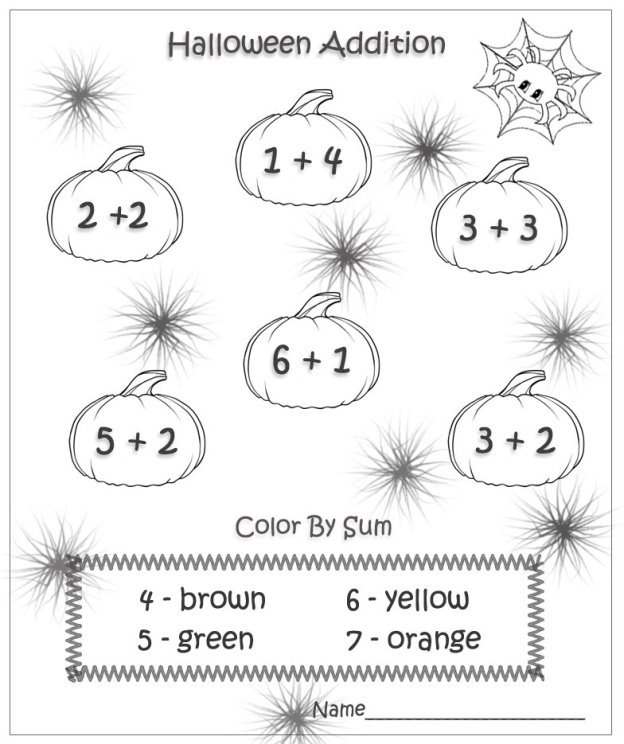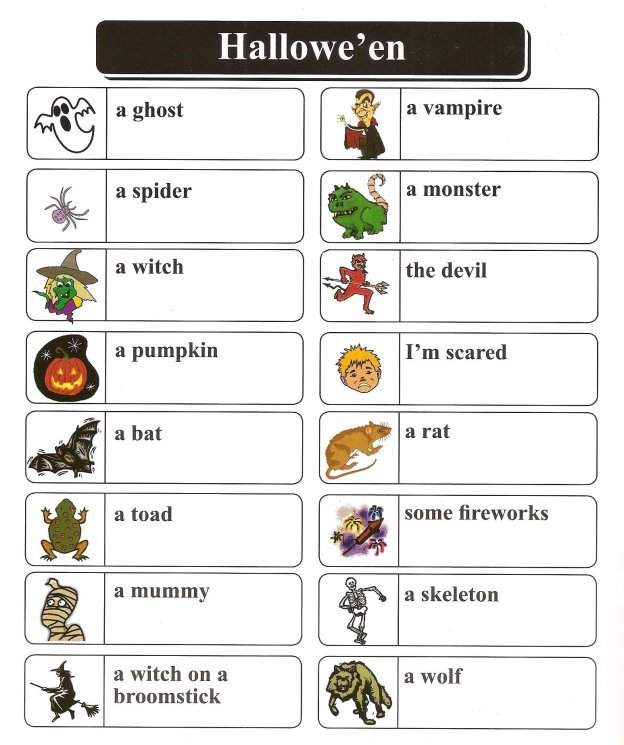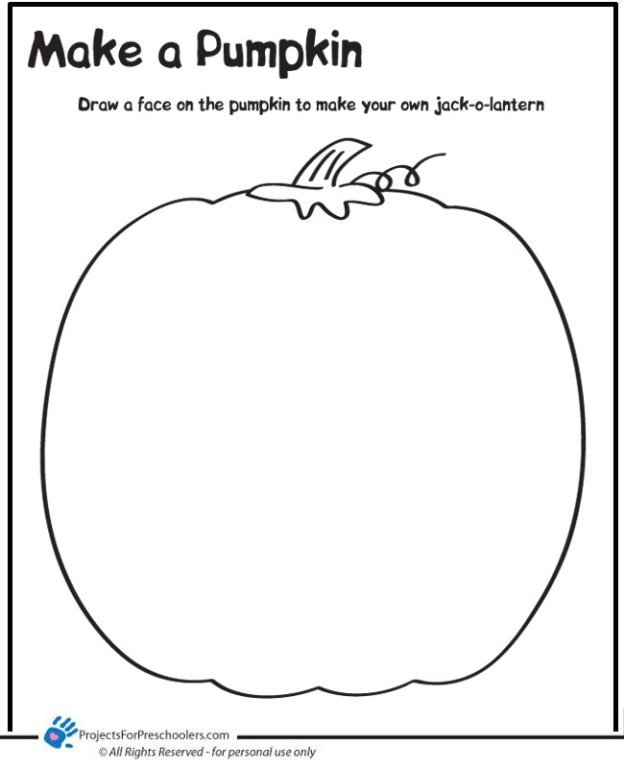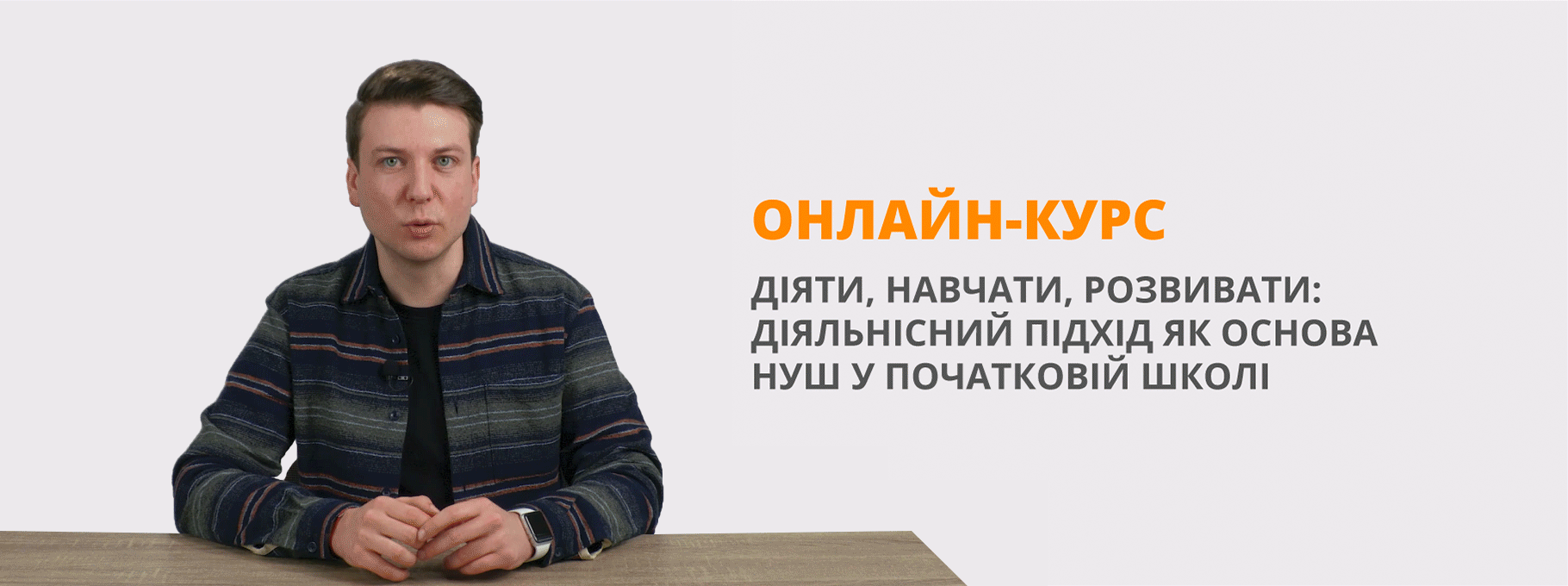Сценарій свята "Halloween"
Матеріал допоможе вчителю підготувати презентацію для учнів на тему "Halloween" та провести декілька цікавих завдань з учнями 1 та 2 класу. Завдання розвивають в учнів творчі здібності, математичні навички та логіку.
Halloween
The celebration of All Saints Day or just Halloween takes place on October 31st. The tradition of Halloween began in the fifth century B.C. This day the Irish Celts celebrated their New Year at that time, because they organized their year according to the agricultural calendar and marked the transition from one year to the next on October 31.
In the year 835 A* D. the Roman Catholic Church made November 1st a church holiday to honour all the saints. This day is called All Saint's Day. Since that time many years have passed. Some traditions are gone, new traditions appeared. We are going to tell you about the most popular customs of Halloween.
The most known custom is the tradition of dressing.
The tradition of dressing in costume for Halloween has both European and Celtic roots. Hundreds of years ago, winter was an uncertain and frightening time. Food supplies often ran low and, many people afraid of the dark, the short days of winter were full of constant worry. On Halloween, when it was believed that ghosts came back to the earthly world, people thought that they would encounter ghosts if they left their homes. To avoid being recognized by these ghosts, people would wear masks when they left their homes after dark so that the ghosts would mistake them for fellow spirits.
On Halloween, people placed bowls of food outside their homes to appease the ghosts and prevent them from attempting to enter their home.
Fire has always played an important part in Halloween. Fire was very important to the Celts as it was to all early people. In the old days people lit bonfires to ward away evil spirits and in some places they used to j ump over the fire to bring good luck. Today, we light candles in pumpkin and then put them outside our homes to ward of evil spirits.
Another tradition is Apple Bobbing. It has the roman origins. The Roman festival for remembering the dead was also in October. During this time, the Romans remembered their goddess, Pomona. She was the goddess of the trees and fruits, and when the Romans came to Britain, they began to hold these two festivals on the same day as Samhain. Apples probably became associated with Halloween because of this festival. Some people believe that, if you slice an apple through the equator (to reveal the five-pointed star within) and then eat it by candlelight before a-mirror, your future spouse will appear over your shoulder.
Trick or Treat was first known as Mischief Night. Halloween was a time for making mischief — many parts of England still recognize this date as Mischief Night — when children would knock on doors demanding a treat (Trick or Treat) and people would disguise themselves as witches or ghosts, in order to obtain food and money from nervous householders.
Halloween was sometimes called Nut Crack Night or Snap Apple Night in England. Families would sit by the fire and tell stories while they ate apples and nuts.
Games for the party:
- Count and colour

2.Match the word and the picture.

3.Draw a face on the pumpkin



про публікацію авторської розробки
Додати розробку
